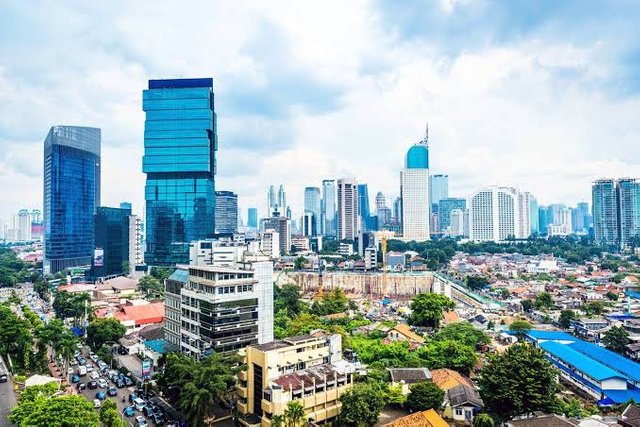First In History, Indonesia's Economy Reaches Trillion Dollar Numbers
Indonesia's economy as the largest in Southeast Asia, in 2017 reached a milestone with 1 trillion US dollars.
Gross domestic product (GDP) is estimated to reach 1.004 trillion US dollars in 2017, although economic growth did not reach the initial target of 5.2%.
Liberalization of foreign investment regulations encourages foreign direct investment inflows. By addressing issues of transportation, agriculture and fisheries, as well as energy diversification, Indonesia is able to reach business opportunities in 2030 to 1.8 trillion US dollars. To maximize its potential, McKinsey recommends increasing annual labor productivity by 4.6% (up 60% compared to the average growth of the last few decades).
The Indonesian economy is Southeast Asia's largest economy and one of the largest emerging markets in the world. Indonesia's GDP is projected to exceed US $ 3.7 trillion by 2030. "This will significantly increase Indonesia's geopolitical influence to the world as a developing market, shaping international policy-making in global forums like the G-20 and the United Nations,"
Indonesia has a large population with rapid growth (250 billion), rapidly growing household demand from middle-class families and other rapid growth projected in various industries. Currently Indonesia is ranked 16th in the world's largest economy, McKinsey estimates that Indonesia can race up to rank 7 (beat Germany and England) if it can increase productivity. With the rapidly growing population situation, the population is expected to grow by 90 billion within 2 decades, spurring domestic consumption.
Four Southeast Asian countries will also soon reach US $ trillions of GDP by 2030. Following Indonesia, the three other ASEAN countries projected to reach this milestone are: Malaysia, Thailand and the Philippines.